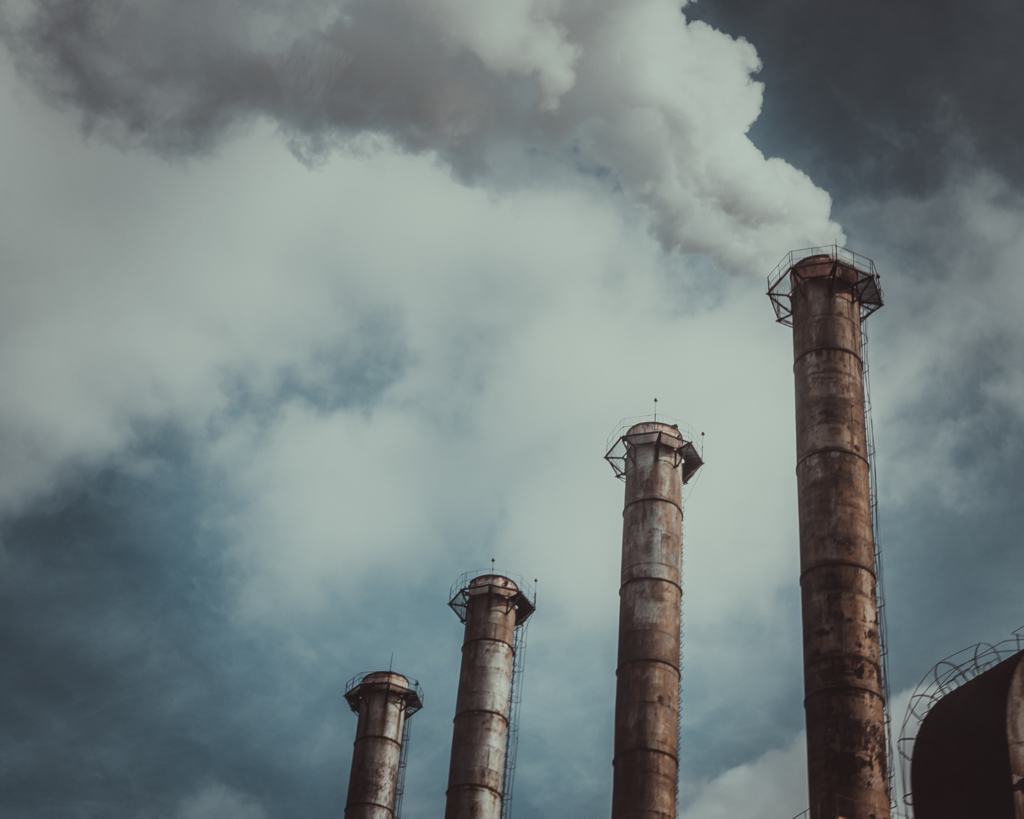Having a Beef with Cattle
Livestock pollution bears down disproportionately on communities of color and lower socioeconomic status—but is not inevitable.

Read Time: 2 minutes
Published:
In 2019, the US produced 27.2 billion pounds of beef. Perhaps that’s unsurprising given the United States’ insatiable desire for juicy burgers, grilled hot dogs, and perfectly cooked steaks.
In recent years, consumers have become increasingly interested in knowing their food’s source and carbon footprint. Chamanara et al. set out to examine the environmental and health impacts of the beef supply chain in California. The team homed in on the Harris Ranch Beef Company, one of Costco’s major suppliers. They assessed environmental impacts by analyzing concentrations of extremely small air pollutants known as PM2.5. These pollutants enter the air as cattle kick up clouds of dust, manure, and urine. When inhaled, PM2.5 can negatively impact the heart and lungs.
Cattle operations contributed to one-third of all PM2.5 emissions in California. In the San Joaquin Valley, where many feedlots are located, PM2.5 levels exceeded both state and federal standards. High PM2.5 concentrations led to worse health outcomes. Graph A shows those who lived within 1 km of feedlots had a 23% higher rate of asthma, 29% higher rate of cardiovascular disease, and an 8% higher rate of low birth weight than those who lived farther away.
The team’s investigation also uncovered environmental injustice. Graphs B and C illustrate that those who live near feedlots tend to identify as Latinx and have higher rates of poverty. These findings highlight how the negative environmental and health effects from livestock pollution bear down disproportionately on communities of color and lower socioeconomic status.
Uncontrollable livestock pollution is not inevitable. Producers can implement dust control measures, while retailers can make a conscious decision to source their beef from companies that raise cattle in more environmentally friendly ways. Governments can also leverage environmental legislation to enforce air quality standards.
It will take collective stakeholder action to limit livestock air pollution and protect the health of the most marginalized communities.
Databyte via Chamanara, S., Goldstein, B., & Newell, J. P. (2021). Where’s the beef? Costco’s meat supply chain and environmental justice in California. Journal of Cleaner Production, 278, 123744. https://doi.org/10.1016/j.jclepro.2020.123744



